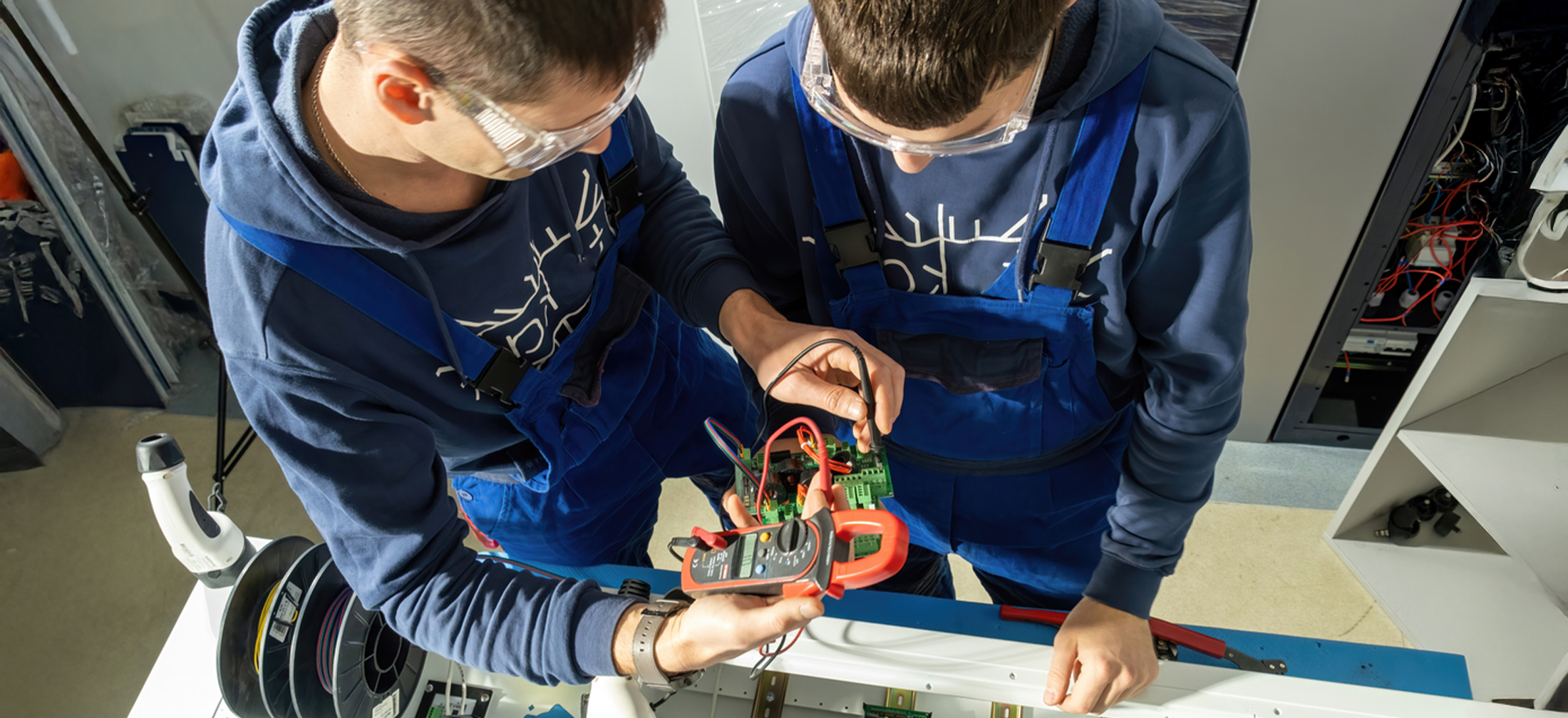
To undertake any major change, the critical first step is to take stock of where you are and get your house in order. In the case of major change in educational systems, this means evaluating your current curriculum to ensure that the program is aligned both vertically (each step prepares students for the next step) and horizontally (each course and assessment meets the requirements of the standards). Enter curriculum mapping, which clarifies what’s being taught—and when—and informs revisions to meet the needs of the program and, more importantly, the students.
We recently partnered with the College of Creative Arts and Design at Emily Griffith Technical College in Denver, Colorado, to map its curriculum for the Barbering and Cosmetology programs. Emily Griffith’s leadership wants to adopt a competency-based system for these programs. In examining their readiness for this change, college leadership realized they first needed to assess and map the curriculum they were offering—a critical step in developing a clear sequence of skills and knowledge and identifying the instructional levels a student is expected to master to successfully complete the program.
Marzano Research supported Emily Griffith in mapping its curriculum by examining course syllabi to identify how each course met standard Course Learning Outcomes and analyzing the sequence to determine how well each course and, ultimately, the whole program met these required outcomes.
Looking to engage in curriculum mapping? Here are six steps to follow:
-
Determine the desired program outcomes.
Standards, district documents, lesson plans, and course syllabi are prime places to ferret out program outcomes. Depending on the project, outcomes can be determined at the program of study level (e.g., the sequence of math courses offered at a high school or the sequence of Career and Technical Education courses), across multiple content areas, or at the individual class level (the outcomes expected for the student upon class completion).
-
Gather curriculum documents.
You can find the curriculum your school offers in documents like instructor unit or lesson plans, syllabi, scope and sequence documents, and assessment blueprints, among others. In fact, gathering these documents to determine the curriculum may be a value all by itself.
-
Map the curriculum to the desired learning outcomes.
Starting with a table or a spreadsheet, list the intended learning outcomes in the first column, and have each subsequent column represent a new course in the program of study, different content area classes, or a new unit. Using the curriculum documents, identify how and when each learning outcome is addressed, writing a brief description of how the content and level of expectation (cognitive demand) of the outcome is addressed.
-
Consider adding assessments to the map.
Specifying how learning outcomes are assessed at each point along the way can reveal additional details about content and expectation. Adding this detail to the curriculum map provides a richer set of data to analyze.
-
Analyze.
Examine the table to identify places in which a learning outcome is addressed multiple times—and determine if the sequence of learning is appropriate and building toward the desired outcome. Look for learning outcomes that are never addressed or under-addressed. It’s not uncommon to find learning outcomes that are never even covered in a program of study. Frequently, you’ll find that although the content is addressed, the level of rigor or expectation never changes, meaning students may have been exposed to the content but never met the learning outcome.
-
Address curriculum needs.
It’s one thing to find the gaps and overlaps in your curriculum—it’s quite another to fix the problems. Now that you know your gaps, it’s critical to work with teachers to address the issues so students are exposed to a clean sequence of content and expectations building toward the desired outcome. This may mean rewriting syllabi, unit plans, and scope and sequences to reflect your improved understanding.
Once you have a clear picture of how your curriculum is sequenced, fixed areas of overlap, and addressed gaps in the curriculum, you are now prepared to make instructional, assessment, or other systemic changes.
After mapping their curriculum, Emily Griffith’s leadership can now work with instructors to revise the course syllabi to eliminate overlaps in learning outcomes, more tightly focusing each course and ensuring that the same learning outcomes are not taught and measured multiple times throughout a program. And they’re set up for the next steps in their transition to a competency-based system, including aligning instructional and assessment practices and developing opportunities for students to learn and demonstrate mastery at their own pace.
Major change—like transitioning to a competency-based system—is hard. But stepping back and evaluating where you are currently can help make these transitions easier.



